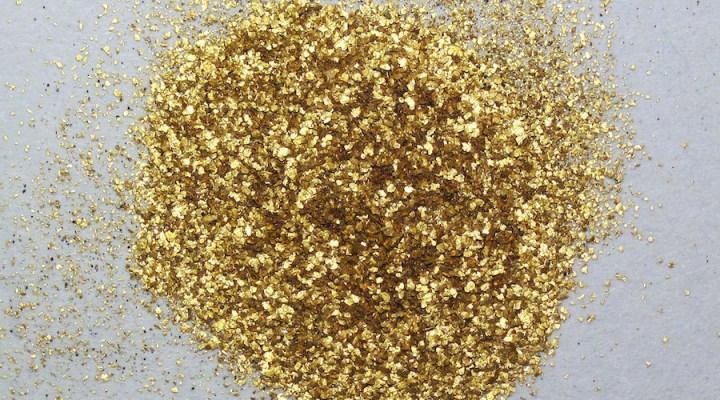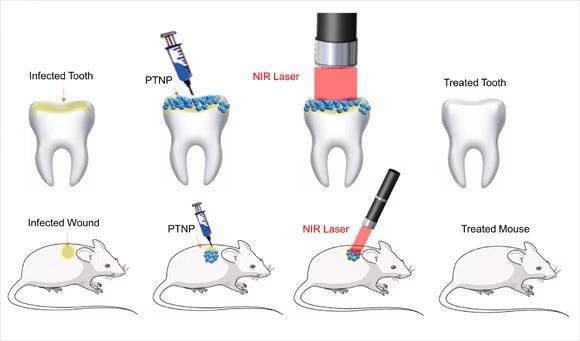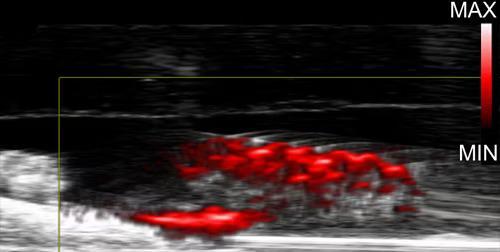Sugar-coated gold nanoparticles can kill stubborn bacteria that grow on teeth and potentially eliminate biofilms faster than antibiotics, according to the U.S. National Institute of Biomedical Imaging and Bioengineering.
An animal study highlights the diagnostic and therapeutic potential of these newly developed nanoparticles and their potential to reduce antibiotic resistance.

“This treatment is particularly fast for oral infections,” Mariam Hadjfatalian, PhD, a professor of biomedical engineering at the New Jersey Institute of Technology, said in a press release. “We used the laser for one minute, although in reality, in about 30 seconds we kill almost all the bacteria.”
Caries-causing bacteria such as Streptococcus mutans (S. mutans) create a dense network of proteins and carbohydrates that block antibiotics from reaching the microbes. However, gold nanoparticles can overcome this obstacle due to their ability to convert light energy into heat, making them ideal for killing pathogens using photothermal therapy.
To further explore this effect, the researchers embedded gold spheres in larger cage-shaped nanoparticles made of gold to enhance their response to light, allowing the biofilms to be imaged and processed.
To attract the bacteria, the particles were coated with dextran, a carbohydrate commonly found in biofilms, and applied to the teeth of rats infected with S. mutans.
In the study, gold nanoparticles delivered to infected teeth and skin wounds were heated with near-infrared lasers to disrupt the biofilms.

During a photoacoustic study of the teeth, the nanoparticles produced clear signals, allowing the researchers to pinpoint where biofilms had absorbed the dextran-coated particles on the teeth. For comparison, the researchers treated other samples of infected teeth with the topical antiseptic chlorhexidine.
They found that photothermal therapy was almost completely successful in eliminating biofilms, while chlorhexidine had minimal effect on reducing bacterial viability.
The researchers were able to visualize biofilms on teeth treated with dextran-coated gold nanoparticles using photoacoustic imaging.

However, this study had limitations. Further testing is needed to determine whether this approach can prevent cavities or speed up the healing process.
“I think the most important thing is to understand how inexpensive, simple and quick this process is,” Dr. Hadjfatalian added. “Because we are limited in our use of antibiotics, we need new treatments like this as a replacement.”
